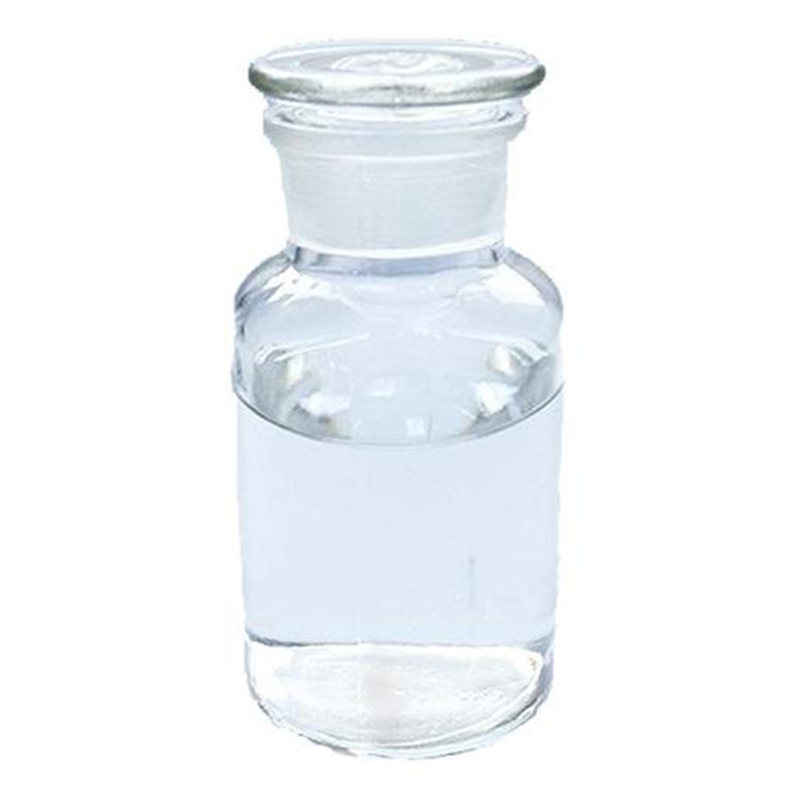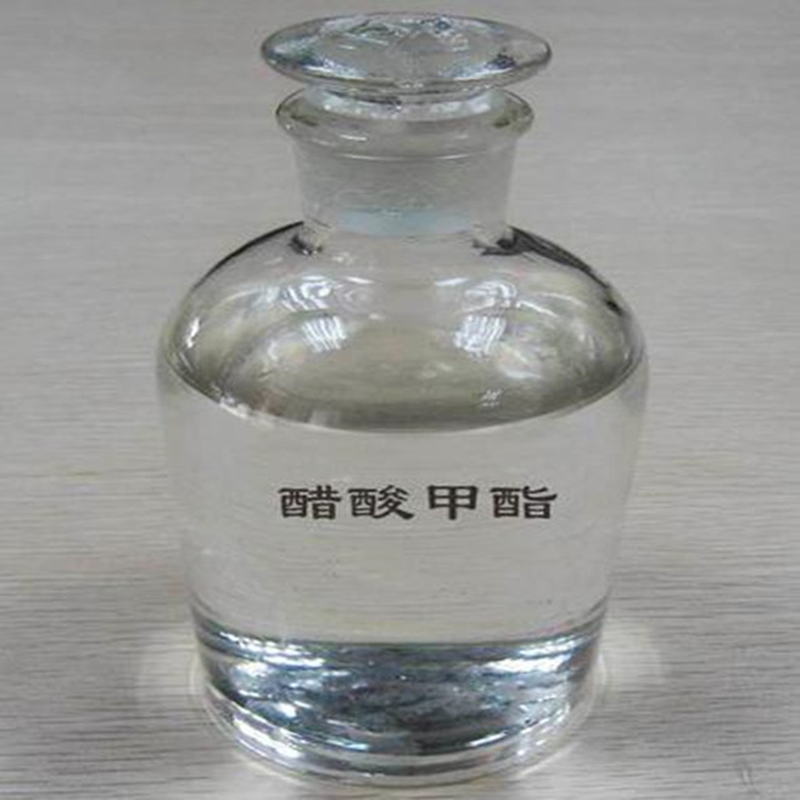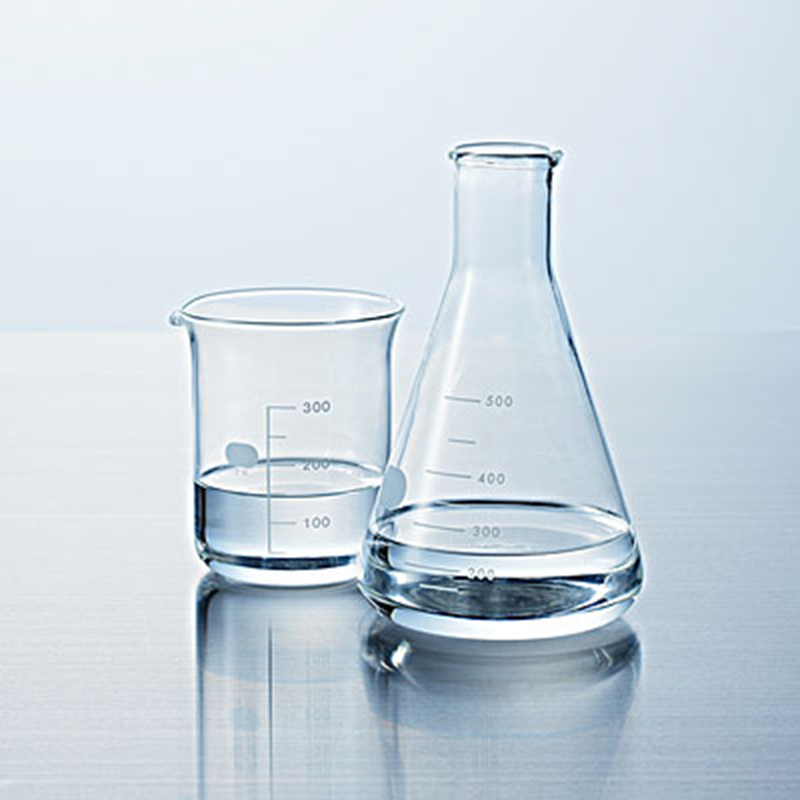
3-Chloropropene
Key words:
3-Chloropropene
Classification:
- Details
-
3-Chloropropene
Allyl chloride is a colorless and transparent liquid with an unpleasant pungent odor. It is slightly soluble in water and easily soluble in most organic solvents such as ethanol, ether, chloroform, and petroleum ether. It is mainly used in intermediates of medicines, pesticides, plastics, etc. Store in a cool and ventilated warehouse. Keep away from fire and heat sources. The storage temperature should not exceed 29 ° C. The packaging should be sealed and not in contact with air.
Environmental characteristics
Hazardous characteristics: Its vapor and air can form explosive mixtures. In case of open flame, hot topic or contact with oxidant, there is a danger of combustion and explosion. Reacts violently with nitric acid, fuming sulfuric acid, chlorosulfonic acid, ethyleneimine, ethylenediamine, and sodium hydroxide. At high temperatures in the fire field, polymerization exotherm can occur, causing the container to rupture. In case of acidic catalysts such as Lewis catalyst, Ziegler catalyst, sulfuric acid, ferric chloride, aluminum chloride, etc., it can produce violent polymerization and release a lot of heat. Its vapor is heavier than air and can spread to a considerable distance at a lower place. In case of open flame, it will lead to backfire.
Combustion (decomposition) products: carbon monoxide, carbon dioxide, hydrogen chloride.
Storage method
Store in a cool and ventilated warehouse. Keep away from fire and heat sources. The storage temperature should not exceed 29 ° C. The packaging should be sealed and should not be in contact with air. It should be stored separately from oxidants, acids and alkalis, and should not be mixed. It should not be stored in large quantities or for a long time. Use explosion-proof lighting and ventilation facilities. It is forbidden to use mechanical equipment and tools that are prone to sparks. The storage area should be equipped with leakage emergency treatment equipment and suitable containment materials.
purpose
1. It is an organic synthetic raw material. It is used in pesticides to synthesize the intermediates N, N-dimethylacrylamine and pyrethroid intermediates of insecticidal mono, insecticidal double and pyrethroid, as well as special reaction solvents.
2. It has the reactivity of both olefins and halogenated hydrocarbons. It is an organic synthesis intermediate of glycerol, epichlorohydrin, propylene alcohol, etc. It is also used as a raw material for pesticides and medicines. It can also be used as a raw material for synthetic resins, coatings, binders, plasticizers, stabilizers, surfactants, lubricants, soil conditioners, fragrances and other fine chemicals. It is mainly used in the manufacture of epichlorohydrin, glycerol, chloropropanol, propylene alcohol, pesticide insecticides, pharmaceuticals, resins, coatings, adhesives, and sodium acrylate, lubricants, etc.
3. Used in organic synthesis, pharmaceutical industry. Also used in the preparation of intermediates such as plastics.
4. Used as an intermediate for medicines, pesticides, plastics, etc.
protective measures
Respiratory system protection: When the concentration in the air exceeds the standard, wear a self-priming filter gas mask (half mask).
Eye protection: Wear chemical safety glasses.
Body protection: wear anti-static work clothes.
Hand Protection: Wear rubber gloves.
Others: Smoking, eating and drinking are prohibited on the job site. After work, shower and change clothes. Pay attention to personal hygiene.
First aid measures
Skin Contact: Remove contaminated clothing and rinse skin thoroughly with soapy water and water.
Eye Contact: Lift the eyelids and rinse with running water or normal saline. Seek medical attention.
Inhalation: Quickly leave the scene to a place with fresh air. Keep the airway unobstructed. If breathing difficulties, give oxygen. If breathing stops, give artificial respiration immediately. Seek medical attention.
Ingestion: drink enough warm water, induce vomiting, and seek medical attention.
Fire extinguishing method: Move the container from the fire to the open area as much as possible. Spray water to cool the fire container until the fire is over. If the container in the fire has changed color or produced sound from the safety pressure relief device, it must be evacuated immediately. Extinguishing agent: foam, dry powder, carbon dioxide, sand. Water is ineffective for extinguishing fire.
Leak treatment
Quickly evacuate personnel from the spill-contaminated area to a safe area, isolate them, and strictly restrict access. Cut off fire sources. It is recommended that emergency personnel wear self-contained positive pressure breathing apparatus and fire protection clothing. Cut off the source of leakage as much as possible. Prevent entry into restricted spaces such as sewers and flood ditches. Small leaks: absorb with activated carbon or other inert materials. It can also be scrubbed with an emulsion made of non-flammable dispersant, and the lotion is diluted and put into the wastewater system. Large leaks: build embankments or dig pits for containment; cover with foam to reduce steam disasters. Transfer to a tanker or special collector with an explosion-proof pump, and recycle or transport to a waste treatment site for disposal.
Waste disposal method: use incineration method.
Leave A Message
More Products





